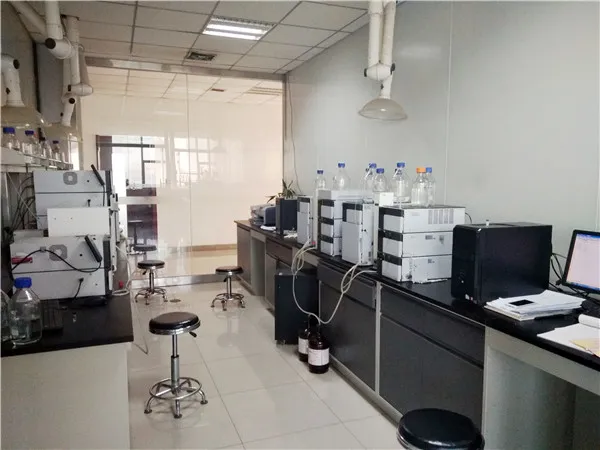The Role of Clarifiers in Water Treatment
Water treatment is a crucial process that ensures the availability of clean and safe water for drinking, irrigation, and industrial purposes. Among the various components involved in the treatment process, clarifiers play a pivotal role in removing suspended solids and impurities from water. This article will explore what clarifiers are, how they function, and their significance in the water treatment process.
Understanding Clarifiers
Clarifiers, often referred to as sedimentation tanks or settling basins, are specialized units designed for the separation of suspended particles from water. They work on the principle of gravity, allowing solids to settle to the bottom while the clearer liquid is collected at the top. The design of a clarifier typically includes a large, open tank with a sloping bottom to facilitate the settling of solids.
How Clarifiers Work
The process begins when water, often laden with impurities such as silt, organic matter, and microorganisms, flows into the clarifier. As the water enters, its flow speed is reduced, allowing larger particles to settle to the bottom. The settling process can be influenced by several factors, including the size, shape, and density of the particles, as well as the water's temperature and viscosity.
Clarifiers usually employ chemicals known as coagulants to enhance the separation process. Coagulants, such as alum or ferric chloride, help to aggregate smaller particles into larger flocs, making them easier to settle. The flocculated particles then settle to the bottom of the clarifier, forming a sludge layer. This sludge is periodically removed through a process called sludge scraping or pumping.
While the settled solids accumulate at the bottom, the clearer water, referred to as the supernatant, is collected from the top. This water then undergoes further treatment processes, which may include filtration, disinfection (like chlorination or UV treatment), and sometimes additional chemical treatments, depending on the final water quality requirements.
Types of Clarifiers
There are several types of clarifiers used in water treatment, each with different configurations and operational methods
1. Rectangular Clarifiers These are long, straight tanks that allow for uniform flow. They are suitable for larger treatment facilities and offer high hydraulic efficiency. 2. Circular Clarifiers Circular designs facilitate better flow and are less prone to short-circuiting. They are often seen in smaller treatment plants.
clarifier in water treatment

3. Dissolved Air Flotation (DAF) Clarifiers These employ air bubbles to lift suspended solids to the surface for removal. DAF clarifiers are particularly effective for treating wastewater with low-density solids.
Importance of Clarifiers in Water Treatment
Clarifiers are integral to the water treatment process for several reasons
- Improved Water Quality By effectively removing solids and impurities, clarifiers significantly enhance the overall quality of the water, making it safe for consumption and use in agricultural and industrial applications.
- Cost-Effective Operations Clarification is often one of the most economical ways to remove suspended solids, reducing the need for more expensive filtration processes that might follow.
- Environmental Protection Proper treatment of water before discharge into natural water bodies helps protect ecosystems, preventing pollution and promoting biodiversity.
- Regulatory Compliance Municipal and industrial water treatment facilities must adhere to strict regulations concerning water quality. Efficient clarification plays a key role in meeting these standards, ensuring that treated water is safe for public use.
Conclusion
In conclusion, clarifiers are essential components in the multifaceted process of water treatment. Their ability to efficiently separate solids from liquid has significant implications for water quality, operational costs, and environmental health. As the demand for clean water continues to grow, innovations in clarifier technology and design will be vital in supporting effective water treatment strategies that meet the needs of communities and industries alike. Investing in advanced clarifier systems will not only enhance treatment efficiency but will also contribute to sustainable water management practices worldwide.

